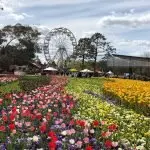How Much Water Per Gallon Of Soil
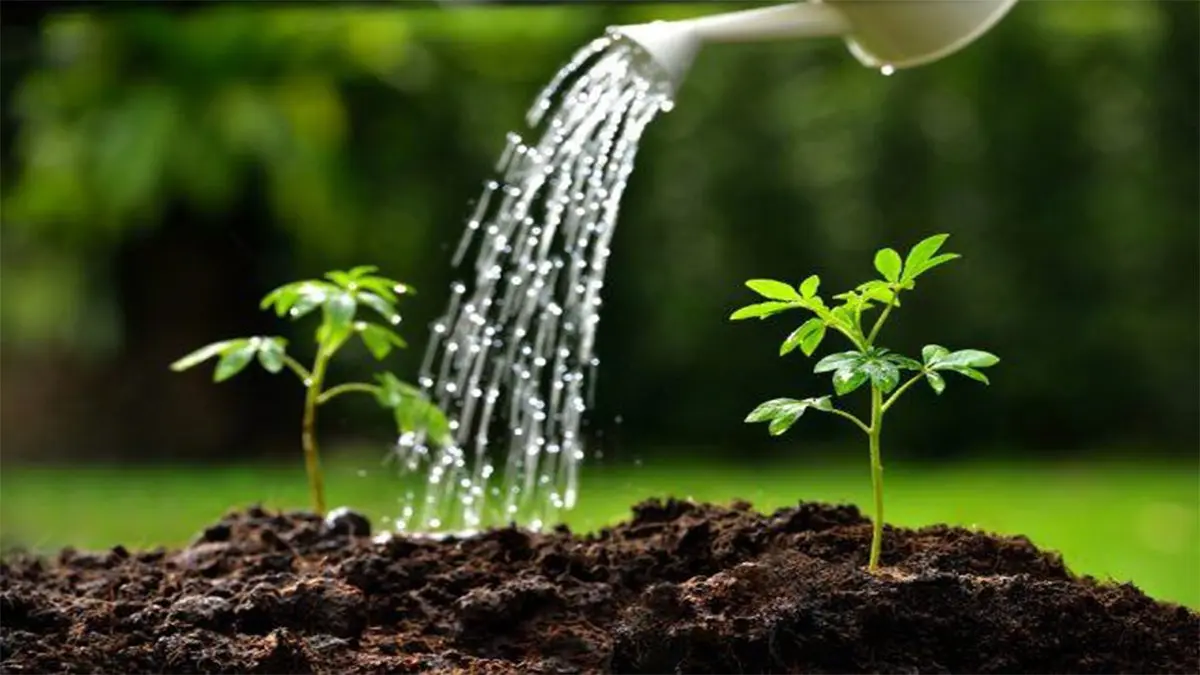
Improper watering can cause a lot of plant issues. To be honest, it’s not that hard to maintain a proper water supply. All you need to do is to water the plants at the right time, in the right amount.
For this, you need to know how much water per gallon of soil is needed. And, the good news is, in this article, you’re going to know all of it.
Let’s not talk much, just get to the point.
How to Measure the Amount of Water Per Gallon of Soil?
Learning how to water properly means that you’re close to success. There are a few things as important as watering the plants regularly and appropriately.
Now, here you go with a simple calculation to measure the amount of water per gallon of soil. Do not overlook this part if you hate mathematics, I swear, it’s not that tricky.
As we said, you’ll need 5-10% water of the soil volume. Now, the question is how much does this 5-10% mean?
Well, all you need to do is to multiply the volume of your soil to 5% or 10%.
Example: 20 Gallons of soil= (20 gallons of soil ✖ 5%)= 1 gallon of water
The more important thing is, these all are relative to your plant size, speed of growth, the container size, and VPD. To make it clear, VPD refers to Vapor Pressure Deficit, it’s the key point to balance proper temperatures considering the humidity.
So, yes, that’s the answer to your question ‘how much water per gallon of soil?’ There’s a lot more you should know about watering your plants. Let’s get to know them one by one.
How Much Do You Need to Water Your Plants?
There’s a real issue when it’s about watering the plants that it’s not an exact science. Yes, there are various factors you should think about to determine how much you need to administer.

For example, your plants will need a change in their watering system as they are getting bigger. Also, many more complex variables affect how much you need to drench the plants. Here’s a discussion on some of the most important ones:
Stage of Maturity
Plants come with a different watering demand and it depends on their stage of growth. However, we are going to some specific guidelines that you can follow for the vegetative and flowering stages of your plants. Clones and seedlings need less water.
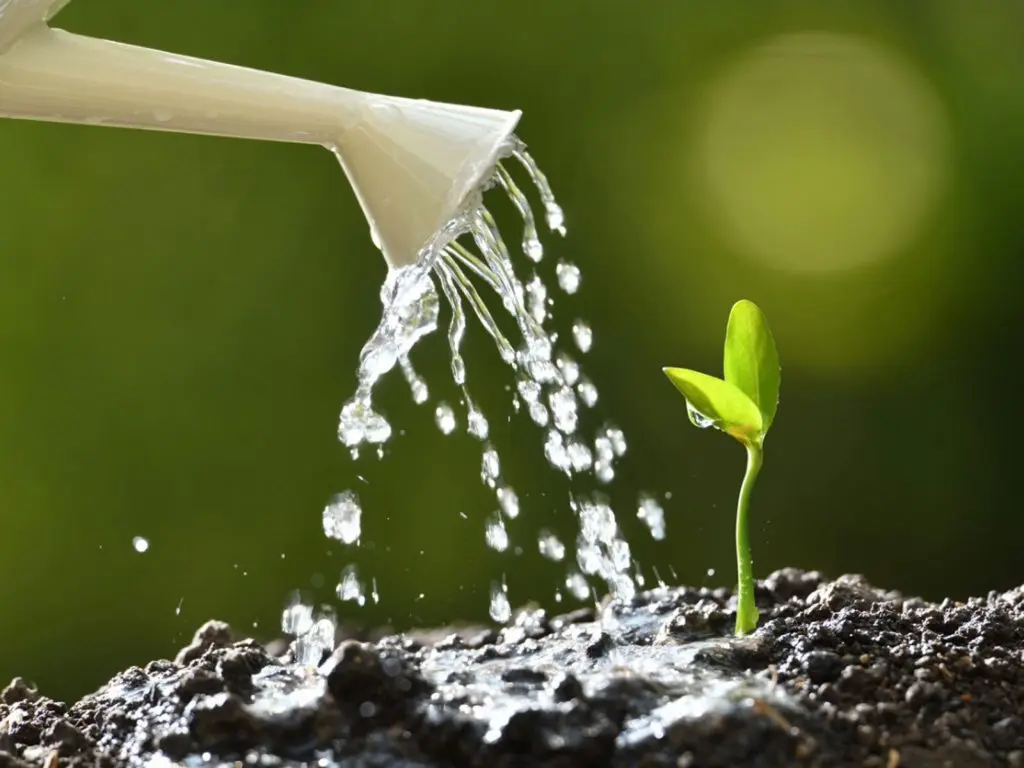
Watering from 25 to 35% of the pot capacity is a good soak. If you can maintain it, this amount of water is enough to provide the plants all their needs. Moreover, this amount will work well without leading your plants to any fungal issues.
When it’s the early stage of your plants, do not water them using a powerful stream. Otherwise, it can knock the plants over as well as disturb the growth of their roots. So, it’s better to use a lighter mister instead. And, then moisture the substrate gently.
Wait until the soil is completely dry and then repeat the process. Now, if you ask how fast the soil will dry, the answer is, it depends. Yes, it depends on various factors including environmental conditions. However, in general, it’s okay to mist once every 2-3 days.
Drainage of the Soil
Well-draining soil is one of the most important factors you need to keep in mind while growing plants. Because how much water your soil can hold is something to concern about. Another thing is, the containers of your plants must come with holes in their bottom and allow the water to escape.
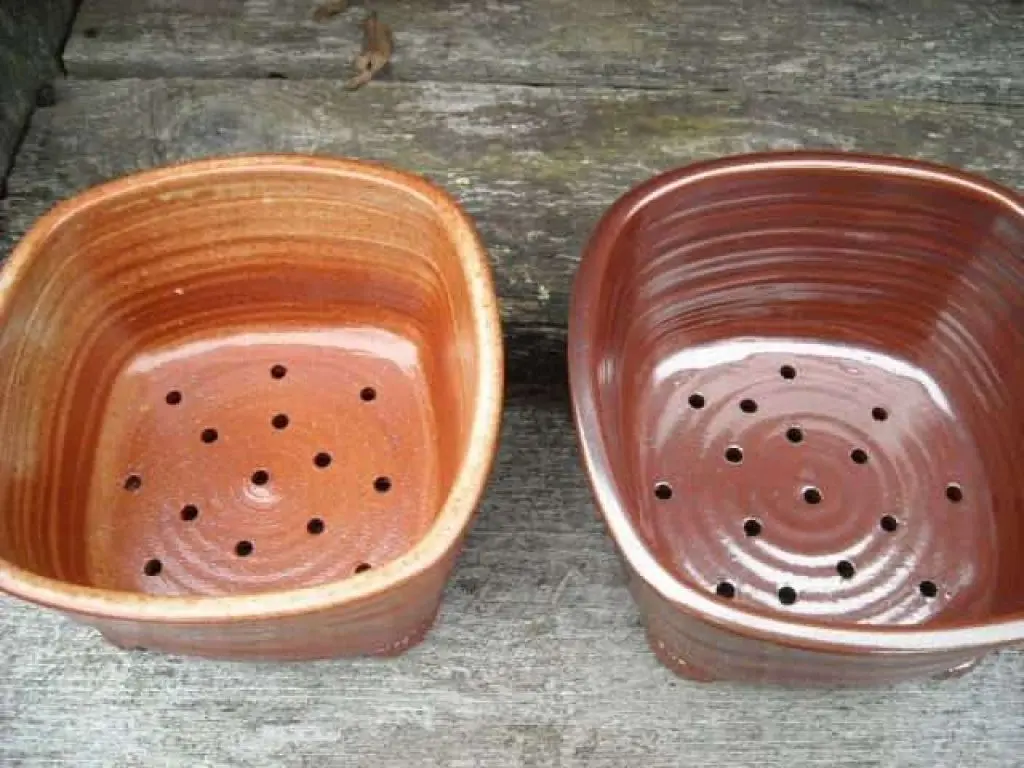
And, if you’re using more compact soil, it will be holding moisture much longer. In this case, they need a less frequent water supply. Otherwise, the extra moisture will remain in the soil that can lead your plants to root rot, nutrient deficiencies, pests, fungus, and many other issues.
Here’s a pro tip to check if the water is draining properly: If you notice that the water is taking several minutes to drain once you’re done drenching the soil, and if the soil takes more than 3-4 days to dry out, there’s a chance of having drainage issues.
If you’re facing this situation, it’s important to improve the drainage ability of your soil. To do so, add perlite or something like this to the soil. It will keep the air circulation of your soil good and improve the drainage ability.
Here, what perlite does is make sure that the water isn’t staying much longer in the pot. The most crucial thing is for good soil. You need to make sure to balance moisture retention with water drainage.
Size of the Container
The sizes of your container affects the balance between drainage and moisture retention. In case, you’re growing a tiny plant in a huge pot and drench the whole substrate, and it can drown the poor little plant.
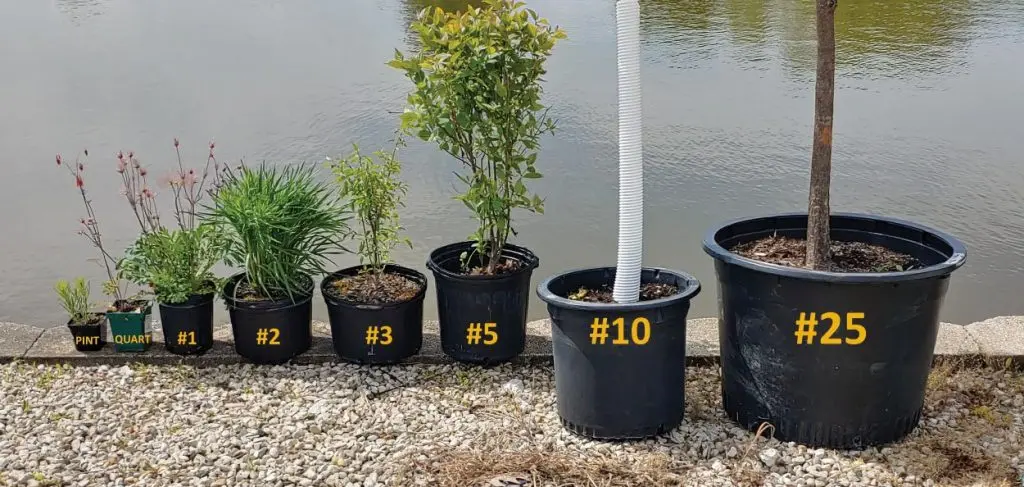
On the other hand, it’s another issue if you use a little pot for growing a huge root-bound plant. For this, it’s a good idea to start seedlings in smaller pots. Over time, up-pot the plants as they grow.
How Often Should You Water the Plants?
The answer depends on which plant you need to water, how the size of it is, and other factors. In general, watering several times a day in small amounts is the best drip system.
However, here we’ve compiled some common indoor plants and explained how often they need to get water.
- Succulents: Once every 10-15 days.
- Aloe Plant: once every 10-15 days.
- Peace Lily: Once every 5-10 days.
- Snake Plant: Once every 10-15 days.
- Fiddle Leaf Fig Tree: Every 5-10 days.
- Peperomia: Every 5-10 days.
- Spider Plant: Every 5-10 days.
- Calathea: Every 5-10 days.
- Parlor Palm Tree: Every 5-10 days.
- Citrus Tree: Every 5-10 days.
- Ficus Tree: Every 5-10 days.
- Philodendron: Every 5-10 days.
- Phalaenopsis Orchid: Every 5-10 days.
- Rubber Plant: Every 5-10 days.
Try to avoid the plants watering when the soil is moist. And, make sure you’re neither underwatering the plants nor overwatering. Below are the more detailed guidelines on the proper watering.
Let’s check.
How to Understand If Your Plants are Thirsty?
Once you know the factors that matter most when it’s about how much water your plants need, understanding when is the high time to water the plants is what you should know about now.
Here you go with the most common signs that your plants are thirsty:
Wilting, Drooping, and Weak Plants
It’s easy to spot because when your plants are thirsty, they will look sickly and lifeless. Also, the leaves will wilt and droop over time. Hence, we need to clear up the confusion- your thirsty plants may look the same as plants that droop because of overwatering.

But the key difference is, leaves that droop for overwatering are dark green. Moreover, you’ll notice a ‘claw’ where the leaves bend downwards. Consequently, the entire plant shows a heavy, waterlogged appearance.
However, the thing is, it’s even okay if you slightly underwater your plants rather than overwatering them. If you’re sure that you’re watering a thirsty but healthy plant, the plant should naturally recover its appearance within a few hours.
Although underwatering occasionally doesn’t end up harming your plants badly, overwatering is a real culprit.
Yellow, Brown Leaves
In another way, your plants express that they are being under-watered is discoloration of their leaves. You will notice yellow or brown shades on the leaves if you underwater the plants.

But, if it’s the final weeks of your plants blooming, yellowing the leaves is completely normal. Plants develop yellow leaves at this time naturally. However, plants shouldn’t come up with too much dry, yellow, and brown foliage in their vegetative stages.
Too Much Dry Soil
Another way is to simply check the soil. To check the soil, place your finger’s tip into the top 5 centimeters of soil. You will feel how dry the upper soil is. You also can weigh the pots to make sure how much water is remaining there.
What if You’re Overwatering the Plants?
Overwatering is a silent killer for your plants. It can damage your plants in many ways- drowns the roots, make the entire plant weak, and also, it wastes money and water which you won’t like.
These are the expressions of your plants when they’re being overwatered:
Root Rot
When you flood your plants with water, the roots feel it’s harder to breathe. Since roots are the main source of your plants’ intake of oxygen, water, and food, the roots must need air to breathe.
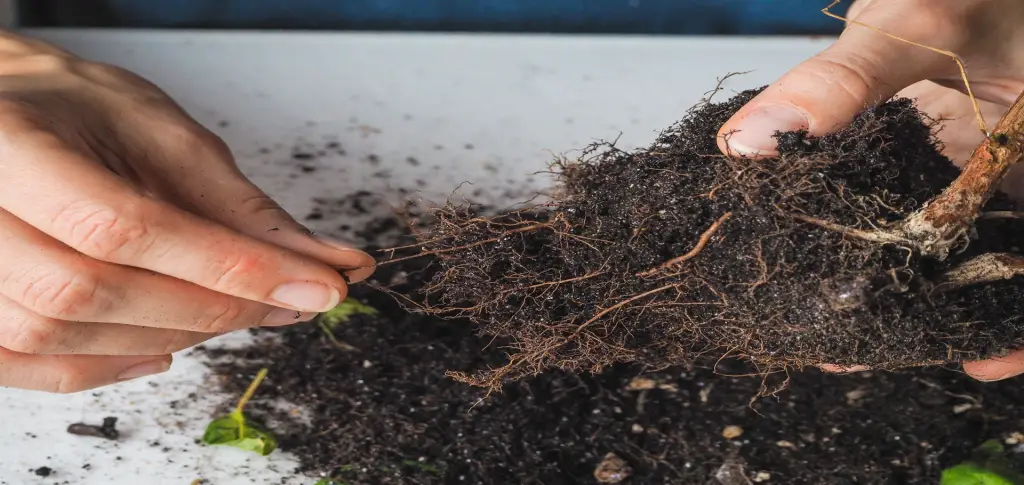
You need to make sure that you’re growing the plants in healthy soil. Healthy soil lets enough oxygen exist in the soil particle’s spaces. But if you drown the plants with water, your soil particles will not get enough air packets. This will lead your plants to have a lack of oxygen supply rot roots.
Wet and Wilting
We said about wilting in the underwatering case as well. In this case, you’ll find the plants wilt but the soil is wet. If you see that your plant is all-green but the leaves are getting curled or bent, they are likely to face overwatering.

To solve this, you should water the plants only when your soil is dry to the touch.
Brown Leaves
If you find the leaves becoming brown and wilt, you’re maybe overwatering your plants. Also, it’s a bit confusing if it’s the result of underwatering or overwatering the plants.

To be sure, gardeners often drop some of the extra pour of water hoping that the leaves may become perked up. If you’re going to try this, firstly, check the soil if it is wet- follow the finger process we talked about before. Do this to make sure if your plant is facing overwatering or rather it needs water.
Yellow Falling Leaves
If you notice that the leaves are becoming yellow and the newest growths are falling from your plant, it can be the result of overwatering. In this case, water the plants only when the soil seems dry, really dry.
Edema
What else can happen to your plants because of overwatering is- Edema. This is a physiological disorder that happens when plants absorb more water than they need and absorb it faster.
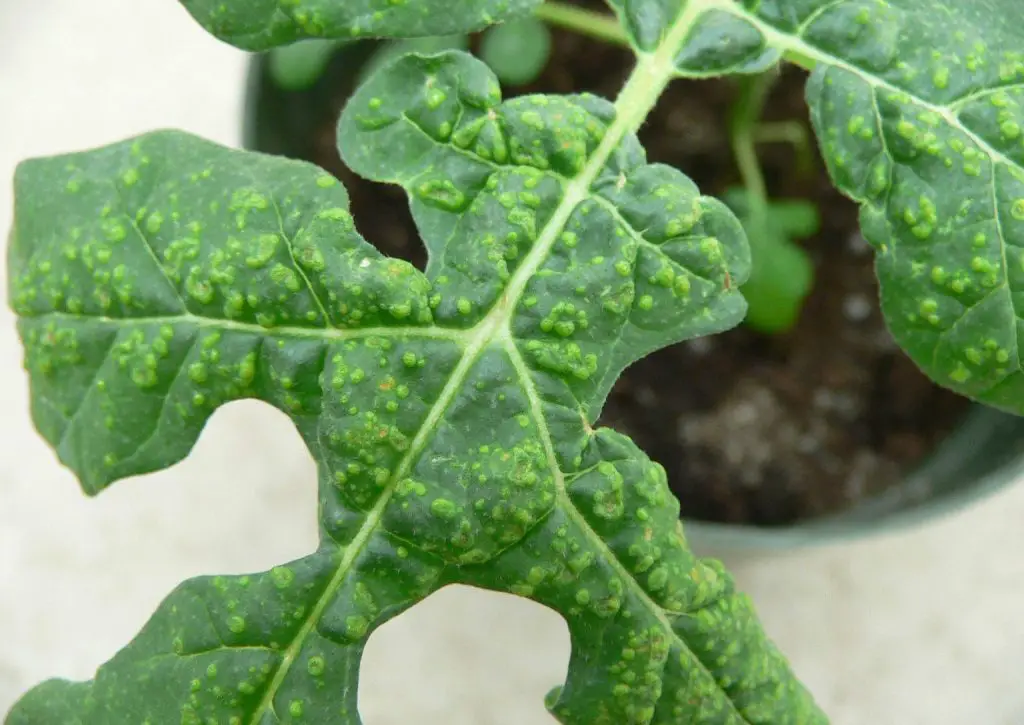
It leads the leaves to have a water pressure in their internal cells. It can cause them to burst and leave dead cells that you can easily notice as a blister. Over time, the blisters can build up on the petioles and stems whereas, in the primitive stage, they only remain on the undersides of the leaves.
If your plants are facing these, be sure that you’re overwatering them. So, it’s better to cut back on watering and do not let the plants dry out completely as well.
Frequently Asked Questions
Is watering plants everyday bad?
Watering too frequently or too much makes your plants weak and waterlogged. So, water every day only if you’re sure that it’s not over for your plant.
How frequently do I need to water my plants?
When the first inch/2.5 cm of the soil is dry, watering at this time is a good idea.
Is it bad to water plants at night?
Well, it’s not a good idea because, after a nighttime soak, the leaves become damp and have fungal attacks.
Conclusion
Thanks for staying with us to the last. Hopefully, you have got a satisfactory answer to your question ‘how much water per gallon of soil?’.
Here are a few more words before we wrap up- be careful about how much and how often water you’re supplying to the plants. If you can maintain a good ratio and regularity, you can grow the plants best.
Good luck!
Related Plant Tips:
- Tiny Black Bugs In Plant Soil
- Black Spots on Succulents- 7 Causes With Cures
- Mint Leaves Turning Brown: Reasons With Remedies
- Problems with Blue Lake Pole Beans
- Strawberry Plants Leaves Are Turning Brown
- Types of Worms in Potted Plants
- How to Use Azamax? – The Complete Guide
- Plant Leaves Turning Brown and Curling up
- Can Moldy Buds Be Saved

